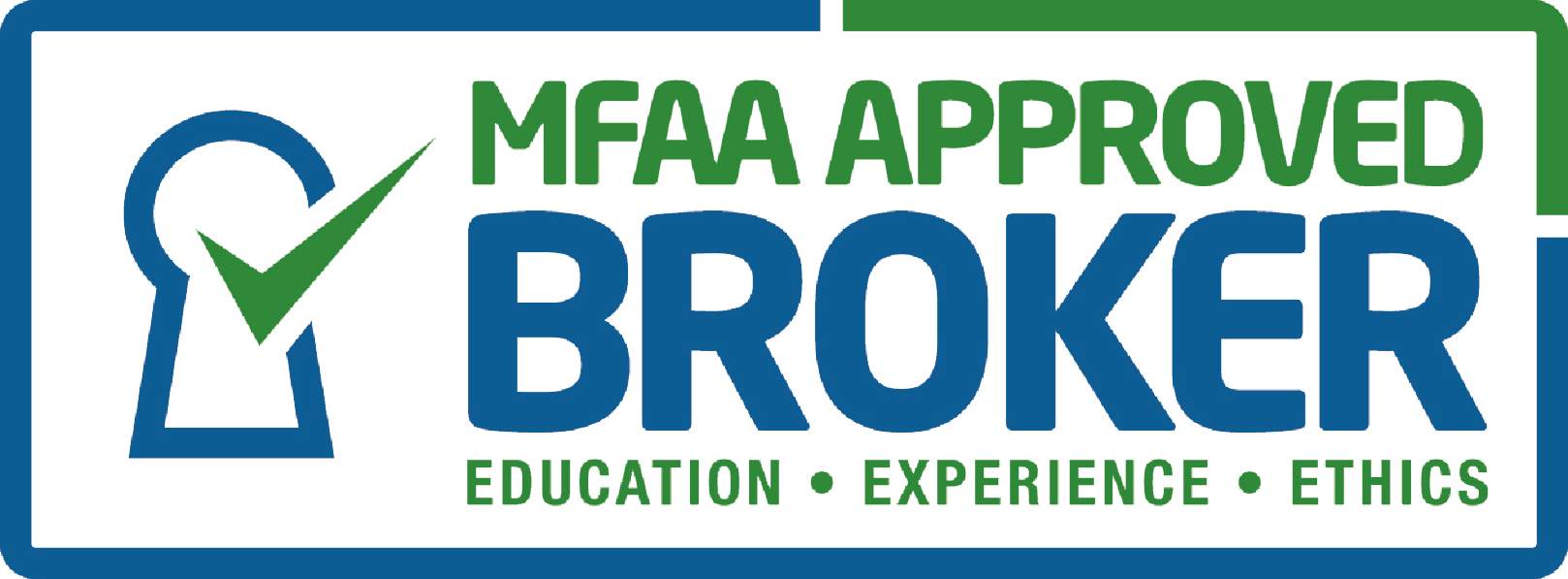The median U.S. home price has declined 26 percent since a June 2007 peak to $170,500, according to data from Washington-based National Association of Realtors. Photographer: Chris Rank/Bloomberg
Vincent Selleck, whose Sydney-based 888 U.S. Real Estate started finding foreclosed U.S. homes a year ago for Australian investors, received almost half of all inquiries in the last two months.
“We’ve been swamped since the Australian dollar reached parity with the U.S. dollar,” said Selleck, 52, who handled 1,300 queries in the last 12 months, more than 530 of them in the past two. “At the beginning, people were quite skeptical. In the past two months, the spike we’ve seen is incredible.”
Selleck is among a growing number of real estate agents who have set up to lure Australians — who are armed with a currency that surpassed the U.S. dollar in October for the first time since 1982 — to buy in the U.S., where an average home costs 62 percent less than its local equivalent. Morgan Stanley estimates about 6.5 million U.S. homes face repossession, on top of the 2.5 million that have been seized since 2005.
The median U.S. home price has declined 26 percent since a June 2007 peak to $170,500, according to data from Washington- based National Association of Realtors. The average house in Australia’s eight capital cities cost A$460,000 ($453,000) in the September quarter, according to RP Data, a Brisbane-based property researcher.
About 2,000 U.S. homes worth about $400 million were purchased by Australian and New Zealand residents in the year to March 31, according to the most recent report from NAR, making up about 1 percent of non-U.S. buyers. Canada, Mexico and the U.K. made up about 42 percent of the $41 billion worth of U.S. homes purchased by non-U.S. buyers in the period, according to NAR.
Touting Bargains
“Australians won’t have a major impact on the national market,” Thomas Lawler, founder and president of Lawler Housing and Economic Consulting in Leesburg, Virginia, said in a telephone interview. “But they could potentially have an impact on certain local markets; parts of Florida, Texas, for example, where any influx of capital for buying is important.”
Arizona, California, Florida and Texas accounted for 53 percent of U.S. homes bought by foreign buyers, according to NAR.
Selleck and others like him are trying to connect more Australians with foreclosed homes in the U.S. Property companies, on both sides of the Pacific, are offering services that include finding and renovating the homes, vetting tenants, property management, and setting up limited liability companies.
Melbourne-based realtor Andrew Allan’s My USA Property has had a 10-fold increase in inquiries in the past two months to between 400 and 600 a week, he said. Sydney Chase, a Sodus, New York-based real estate consultant, plans to travel to Australia for the second time in a year in April to meet a growing pool of potential investors, he said.
Dollar Surge
Their proposition: investors can buy properties that would cost as much as A$1 million in Australia — such as a four- bedroom, two-bathroom house with a pool in Sydney or Melbourne – – for about $50,000 in cities including Atlanta and Dallas.
Australia’s dollar, which peaked at $1.0183 last month, was trading at 98.43 U.S. cents yesterday and has climbed 9.7 percent this year versus the U.S. dollar, the second-biggest gain among Group of 10 currencies. Since its low of October 2008 following the collapse of Lehman Brothers Holdings Inc., the Australian currency has surged 63 percent.
Michael Collins, 34, who moved to Atlanta from Sydney and started Top Rental Returns at the beginning of this year, said buyers can expect rental returns of as much as 20 percent on such deals, a rate unheard of in Australia.
More Renters
More Americans will be renting as U.S. foreclosures climb and homeownership — at a 10-year low of 66.9 percent in the third quarter — continues to drop, driven by near-10 percent unemployment and the end of a government tax credit for homebuyers, said Stan Humphries, chief economist at Seattle- based real estate data provider Zillow Inc. That can translate into attractive returns for investors, he said.
The number of homes offered in foreclosure auctions averaged 110,000 a month in the third quarter compared with about 98,000 in the same period a year earlier, CoreLogic Inc., a Santa Ana, California-based real estate information company said in a report yesterday.
In contrast, Australia’s housing market is about 40 percent overvalued and 70 percent of landlords make losses on their rental properties, said Gerard Minack, Sydney-based global developed market strategist at Morgan Stanley.
Risks
Michael Bridges, who paid $51,500 to buy a four-bedroom, two-bathroom house in Covington, an eastern suburb of Atlanta, through Collins’s company, plus another $9,000 for renovations, expects his investment to be worth $150,000 in another 10 years, a rate of increase he says he could never hope for in Australia.
Bridges, 40, visited the U.S. twice after doing research online and stayed with Collins and his business partner Bronwyn Douglas for a week before paying them $4,000 to buy and manage a property for him, he said.
A tenant moved into the home last weekend, paying $1,200 a month, said Bridges, who owns a business that makes refrigerator magnets. He already has two investment properties in Melbourne’s suburbs, and plans to buy another nine houses in Atlanta next year, he said.
Investors should be wary, said Chris Gray, chief executive officer of Sydney-based real estate investment consultant Empire.
“They pitch it as a pro that it was $250,000 and you’re getting it for $50,000, and you’ll get rent on that,” he said. “But the property might actually be worth only half that. Or they might not get a quality tenant, who doesn’t pay the rent or trashes the property.”
‘Very Dangerous’
Dan Pennington, sales director for Property4peanuts.com, run by Maidstone, U.K.-based agent The Foreign Property Shop, also warned investors against “bidding blind.”
“This can be very dangerous as you could purchase what looks like a good cheap property but it may have $10,000 worth of debt and need $20,000 spent on it to bring the property up to code,” Pennington, who has sold properties to 24 Australian buyers between August 2009 and November 2010, said in an e-mail.
Atlanta, Dallas, Memphis and parts of Florida are among the most promising areas to buy in, driven by the prospect of population and employment growth, said agents including Australian Matthew Dunne, co-founder of U.S.-based HouseBuyersUSA.com, and Greg Uehling, who has built up Sydney- based Tandem Uehling’s U.S. property business over the past year. Detroit, California and Las Vegas are places to avoid, they said.
Florida Homes
Aran Dunlop, 28, moved to Cape Coral, Florida, from Melbourne in July and set up Dunlop Capital LLC to buy foreclosed properties in the state, and to avoid the “risk of a significant decline in the Australian market,” he said. Since he moved, he’s bought two foreclosed properties: a stand-alone home in Fort Myers for $15,600, and a pre-fabricated home on its own lot in the same city for $2,400.
He’s spent $13,000 and $7,000, respectively, on renovations, and rents them out for $750 and $400 a month, he said. Dunlop, who worked in Singapore as a bond sales trader until February, used his own money for the purchases, and is now in the process of buying three apartment buildings with a total of 62 units for $1.1 million, which he’ll borrow to finance.
“The market is pretty close to the bottom,” said Dunlop, whose company plans to own about $10 million of property and expand into Atlanta in the next year. “You get very high rental returns. Even if the property value stays where it is for a long time, you can make a lot with cash flow.”
To contact the reporter on this story: Nichola Saminather in Sydney at [email protected]
To contact the editor responsible for this story: Andreea Papuc at [email protected]
 International money transfer
International money transfer




